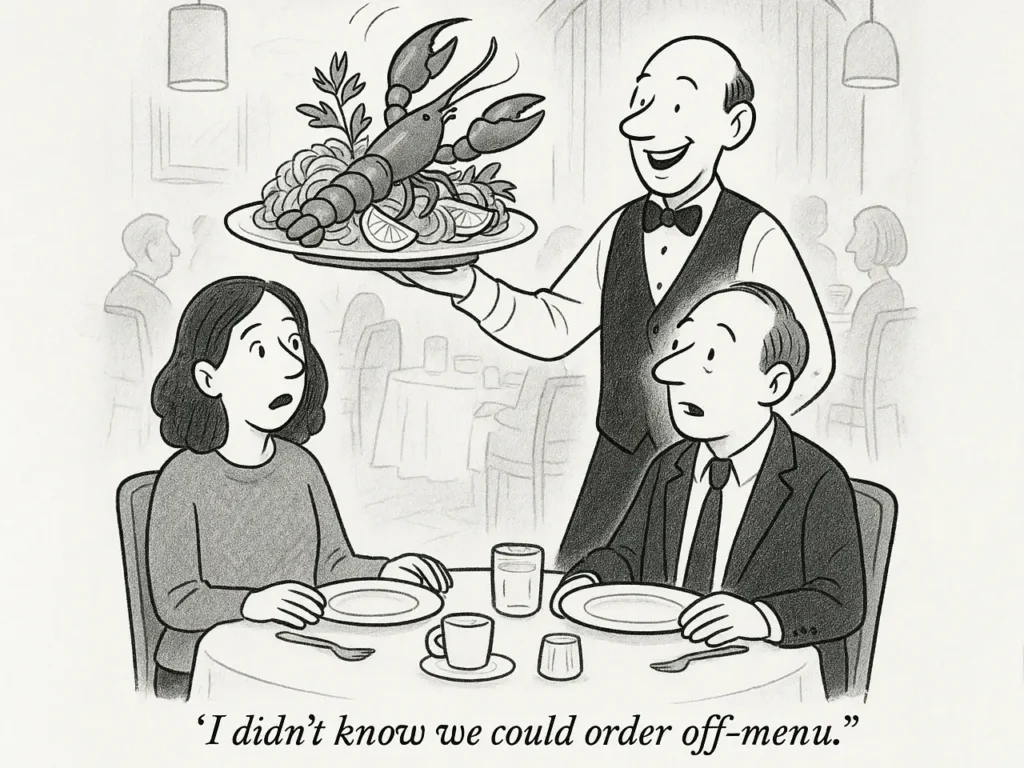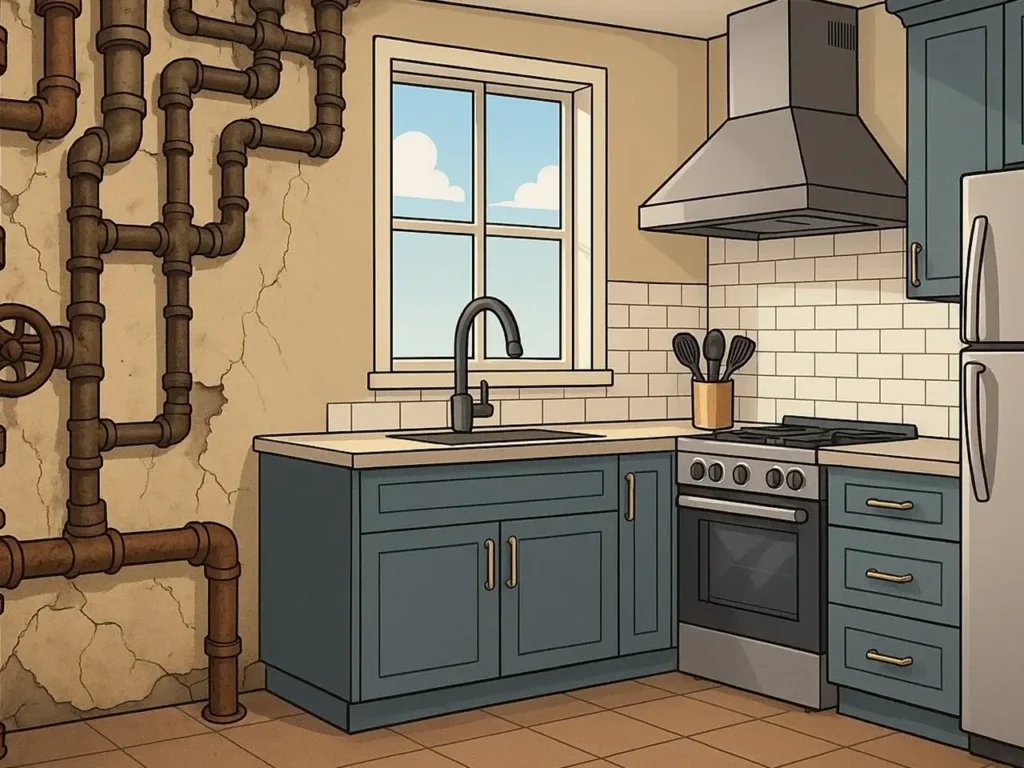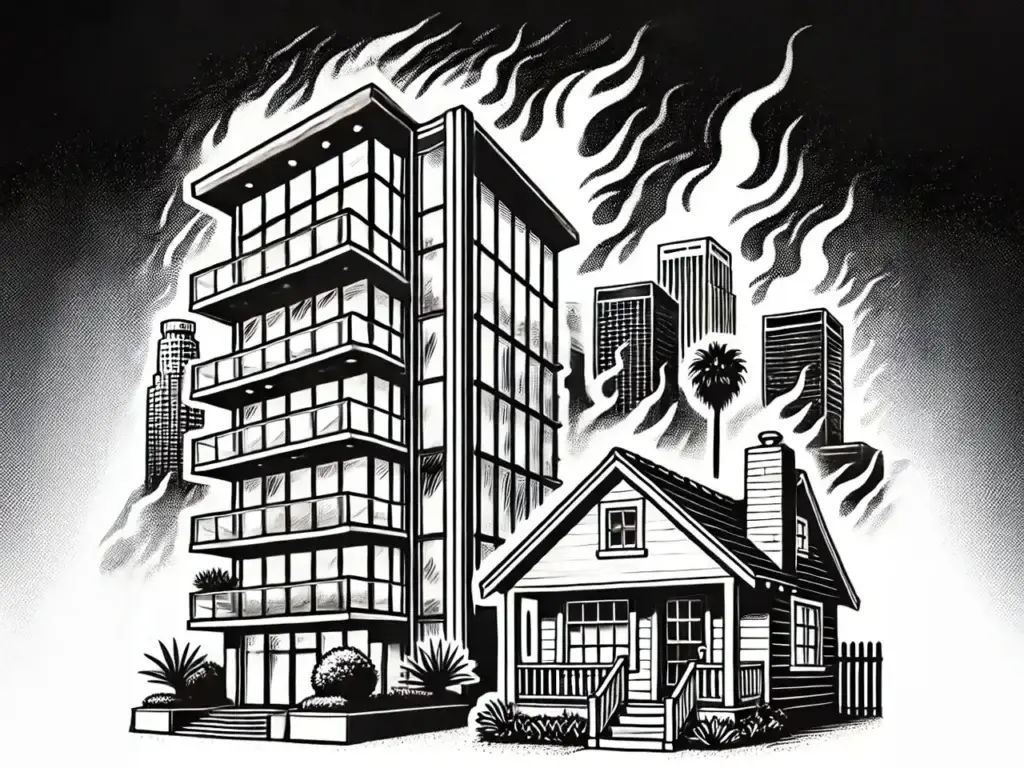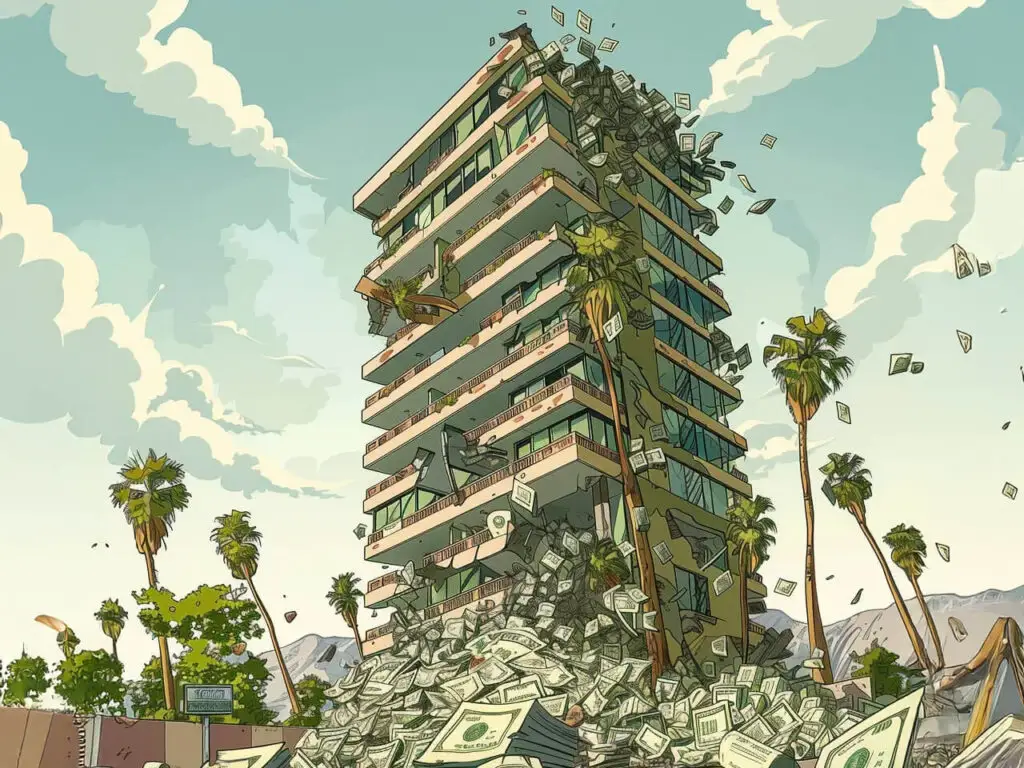“Commercial Direct Install” doesn’t sound like a freebee for condominium associations. You won’t find any mention of condominiums in the fine print, either.
But this Los Angeles Department of Water and Power (LADWP) program replaced all the fluorescent lighting in our condominium garage and basement with LED. For free.
The contractor hired by LADWP showed up and did all the work. No gimmicks, no onerous contracts, no up-front payments, no rebate forms. Just free.
It was a solid win for our HOA. We saw a decrease in our common area electric bills. And the benefits went beyond lower power bills. The old fluorescent tubes in our garage burned out frequently, requiring replacement tubes, labor and proper disposal as hazardous waste. New LED lighting has a much longer life and will go many years before needing replacement, even in a condo environment where they are on day and night.
That program has been renewed, according to LADWP Energy Service Representative Robert Lopez. Condominium associations are welcome. The phone number to find out more is 877-714-1254.
Why You Should Replace All Your Lighting
The LADWP program replaces only certain types of lighting. After you have checked to see how much of your lighting qualifies, take a good look at your building and consider replacing the rest.
California is rapidly phasing out the sale of incandescent and fluorescent lighting. Other than a few specialty bulbs, non-LED bulbs will be disappearing from the shelves. Yes, you’ll be able to get LED versions to replace your lights as they burn out, but there are very good reasons to go ahead and replace all your lighting with LED now.
According to Energy.gov, LEDs use less than a quarter of the energy of incandescent lighting. The price of LED fixtures has dropped dramatically, while quality and variety have gone up. And, since LED lighting lasts three to five times longer than a fluorescent bulb and 25 times longer than an incandescent bulb, you will continue to save money on labor and materials for the lifetime of the LED fixture. The payback is swift and the benefits continue.
The Color of Light
LED lighting also looks better, especially if it’s replacing a patchwork of mismatched light fixtures.
All light bulbs, whether LED, incandescent or fluorescent, are rated with a color number or “temperature” on the Kelvin scale. A Kelvin temperature of 2700K has a yellowish hue, close to incandescent lighting, and is considered “warm” light. 3000K is a good neutral color. Lights with 4000K or above get distinctly blue or “cool” in coloration.
When light bulbs or fixtures have been replaced at different times without consideration for color, the effect can be jarring. Even for those who don’t consciously register light color, having lights that match is an instant upgrade for your building.
Lobby
Our lobby’s recessed can lights suffered from a mismatched collection of bulbs. We bought retrofit recessed light trim with an integrated LED light that replaced the old trim and bulb. The base of the new fixture screws into the old socket and the trim snaps into place, completely replacing the visible part of the old fixture with a fresh, clean look. The cost was about $8 per light in packages of six, and our janitor was able to do the whole lobby in a couple of hours, no electrician required.
The new cans are brighter than the old ones, so our lobby is now brighter. The fixtures are theoretically dimmable but our lobby was wired without a light switch because the lights stay on all the time. We just got used to it being brighter.
We saw a decrease in our common area electric bills. And the benefits went beyond lower power bills. New LED lighting has a much longer life and will go many years before needing replacement.
Stairwells
In our two stairwells, the lights are also burning 24/7. Over the years, our stairwell lighting had been replaced with a hodgepodge of ceiling fixtures, some fluorescent, some incandescent, some early-generation LED. Many of the covers were missing or dangling from all the times they had been hit by ladders and mattresses.
If that sounds like your stairwell, go ahead and replace them all. You can get good, flush-mount, low-profile fixtures for about $20-$30 apiece and you will save on labor by doing them all at once. (If you have recessed can lights, then the fixtures we used in our lobby would be great.)
Stairwells in older buildings were designed with an overabundance of fixtures because incandescent light bulbs burned out quickly. Redundancy was needed to make sure the stairwell would not be dangerously dark if a light or two burned out. That’s not a problem with LEDs. We reduced the number of light fixtures in our stairwells, saving money on fixtures and electricity without impairing visibility at all.
The new fixtures are rated for 50,000 hours, which is well over five years even when on all the time, and should be maintenance free during that time.
Decorative Hall Fixtures
The open-air, covered walkways in front of our units have large round ceiling fixtures with leaded glass covers that are original to the building. Most had old circular fluorescent tubes inside but others had been replaced with regular light bulb sockets. Both types burned out frequently and needed replacement bulbs.
We could have bought new plastic fixtures but most people liked the old ones. So we hired an electrician who bought lots of inexpensive two-bulb ceiling fixtures that were UL listed, stripped them down to the base and used them to replace the insides of each of our fixtures.
The decorative fixtures look the same as before but with consistent color temperature and a nice uniform glow. The two standard LED lightbulbs inside should last a long time. When they do need to be replaced, it will be easy to do so without an electrician.
More About Color Choices
It’s okay to have different color light in different parts of the building, but all lights that will be seen simultaneously should be the same color temperature.
Some new LEDs are capable of being adjusted to different K colors. You can choose when you install them what color light looks best. Others come in a defined color temperature.
We chose 3000K for the hall fixtures and the stairwell. The lobby lights only came in 2700K or 4000K, so we got the 2700. The tube lights LADWP used in the garage are 4000K, recommended for brightness in the cavernous, dark garage. (We had a choice between 4000 and 5000K.)
As LED lighting ages past its rated life, it gets gradually dimmer and may shift color.
Final Thoughts
If your condo can get in on the LADWP program, you should absolutely do so.
For the purposes of this program, it doesn’t seem to matter whether your common areas are billed under a residential or commercial rate. In a previous post, I recommended that most HOAs convert from a residential rate to the A1A commercial rate. At the time that we took advantage of the program, our condominium was still using a residential electric rate.
But if you are not eligible or if you have some lights LADWP won’t replace, you should change your lights anyway. The payback is speedy and your building will look better.
No one knows how long LED lighting really lasts. It’s believed the life span may be considerably longer than the rating. In areas where the lights are not on continuously, the life span can be 15 years or more.
In true CondoWonk fashion, we will see how it goes.








